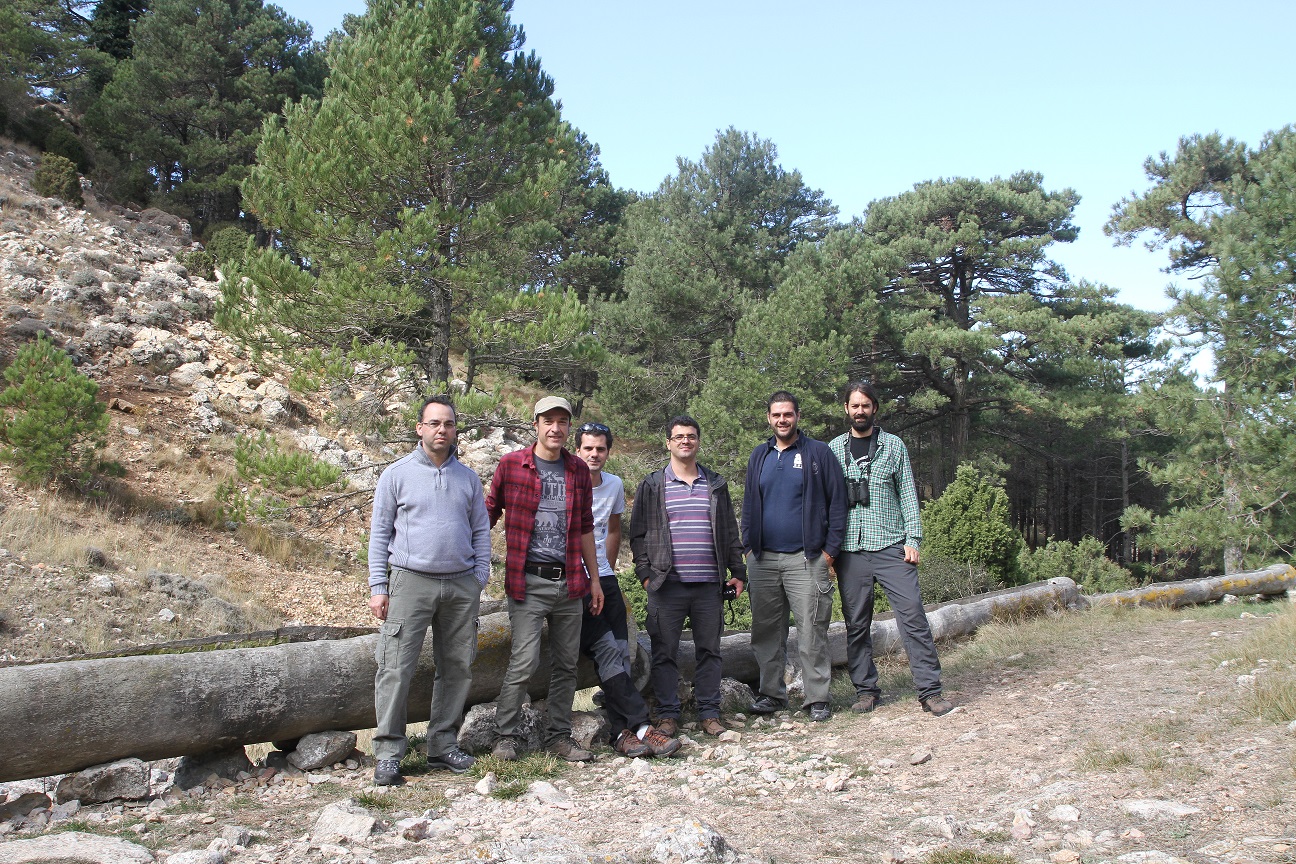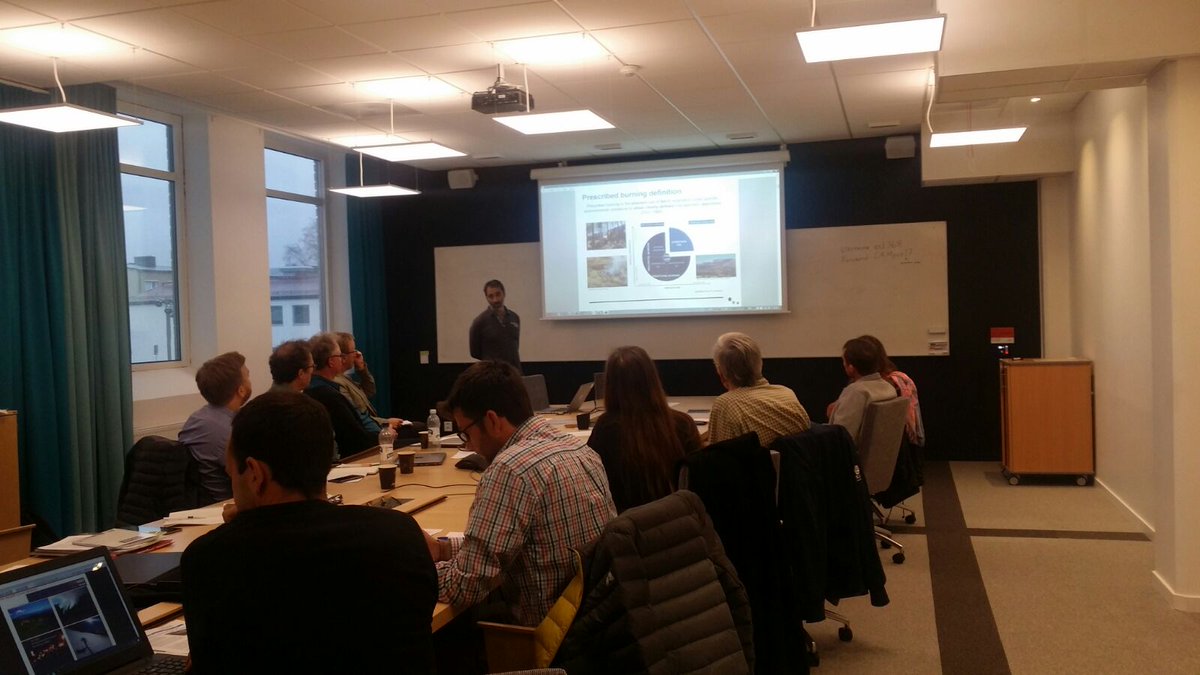The LIFE Pinassa project will make selected cuts to eliminate deficient individuals with little vitality, along with tree stumps that compete with the most vital trees. Regenerative cones adequate for promoting species regeneration will be opened (small openings in the canopy or forests less than 1,000m2), to improve the heterogeneous habitat structure and to favor species diversity in the understory. These will be randomly distributed in each stand.
The reduction of combustible biomass with vertical continuity will generate an unfavorable structure in the case of fire.
Specific Objectives
- Improve the vegetative heterogeneity, ecological complexity and biodiversity of the forest.
- Condition the forests’ growth towards stages of middle and long term structural maturity, once better stability and drought resistance has been reached for the tree stratus on the whole.
- Reduce the risk of forest fires in these forests and improve their resistance and resilience in the face of climate change.
- Exemplify management for the improvement of young dense forests with little vitality, low structural diversity and elevated fire risk, to permit the multi functionality of the habitat by successfully combining habitat conservation with management that is ecologically, economically and socially sustainable.
- Develop transference material which brings together the main management recommendations for treatments that guarantee habitat conservation and improvement in Pinus nigra Application of better available techniques (BAT) and Sustainable Forest Management (SFM) make conservation compatible with the rest of the forests’ functions (socioeconomic and recreational).
This is a demo action for the applicability of black pine forests typical to this habitat structure in their entire Iberic distribution. Stands subject for action present an elevated demo value: they are located in places with high accessibility, are representative of the identified habitat typology, and have facility for hosting posterior training or educational visits.
Results
The project planned a total of 48ha, 22ha in pre-Pyrenees and central region and 26ha in southern. After Action 3, a total of 39,94ha have been selected . During the processing of the actions, 2 stands with a total of 3,46ha were excluded because of execution conditions set by management bodies of the Parc Natural dels Ports. ZEC distribution and their status of implementation are shown in Table 1:
Table 1. Distribution and status of actions C4 according Conservation program
| REGION | ZEC | Area (ha) | CONSERVATION WORKS | |
| Area (ha) | State | |||
| pre-Pyrenees and central | ES0000018Prepirineu Central Català | 24,08 | 17,1* | Finalized |
| southern | ES5140011 Sistema Prelitoral Meridional | 15,86 | 15,86 | Finalized |
*In the process of marking, 2,33ha of cutting were excluded due to the logging difficulty, distributed in different areas of high slope and low density road
Figure 1. Selective cutting and dead wood generation in Prepirineu Central Català







